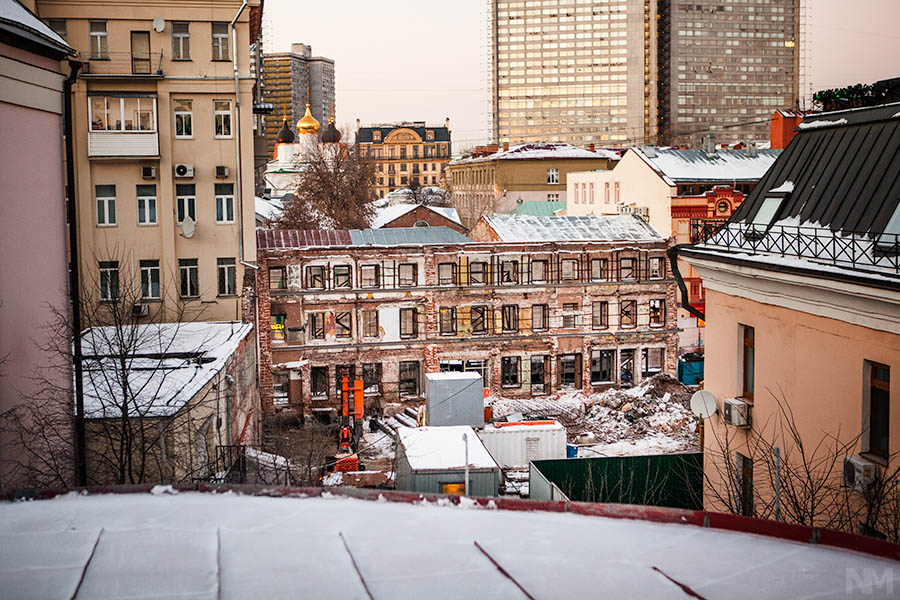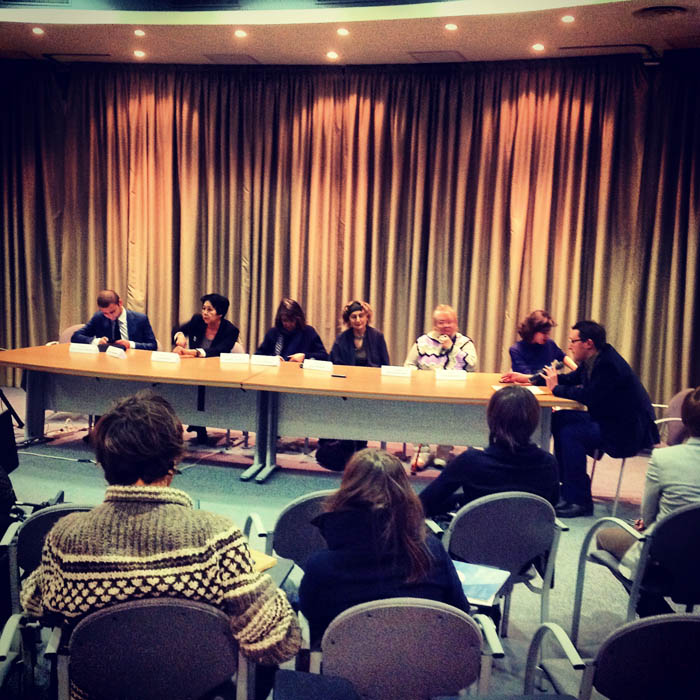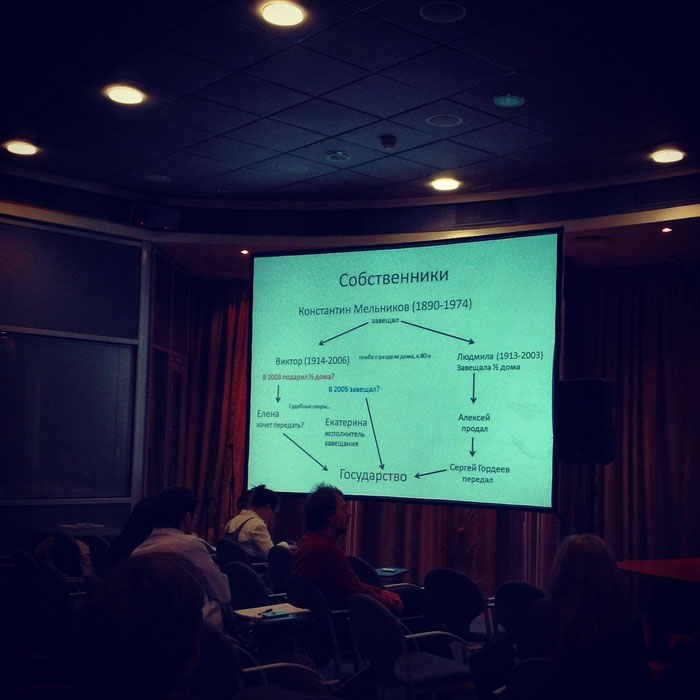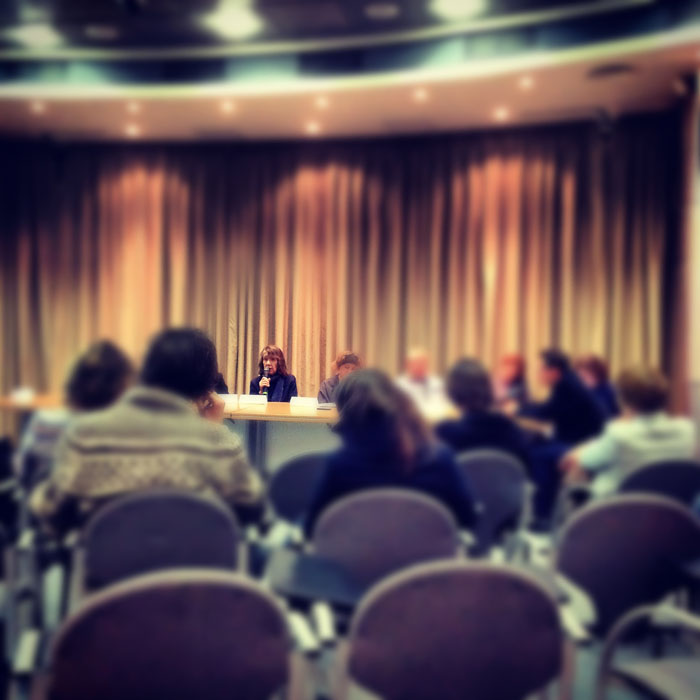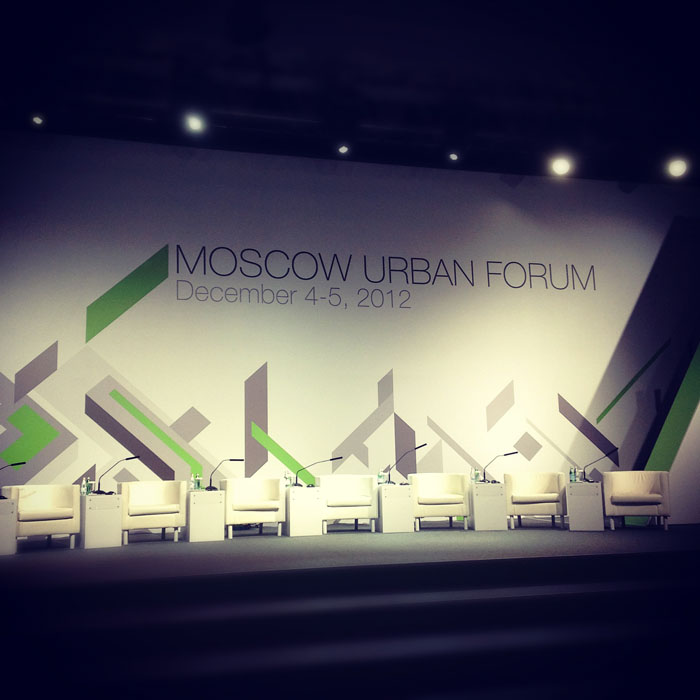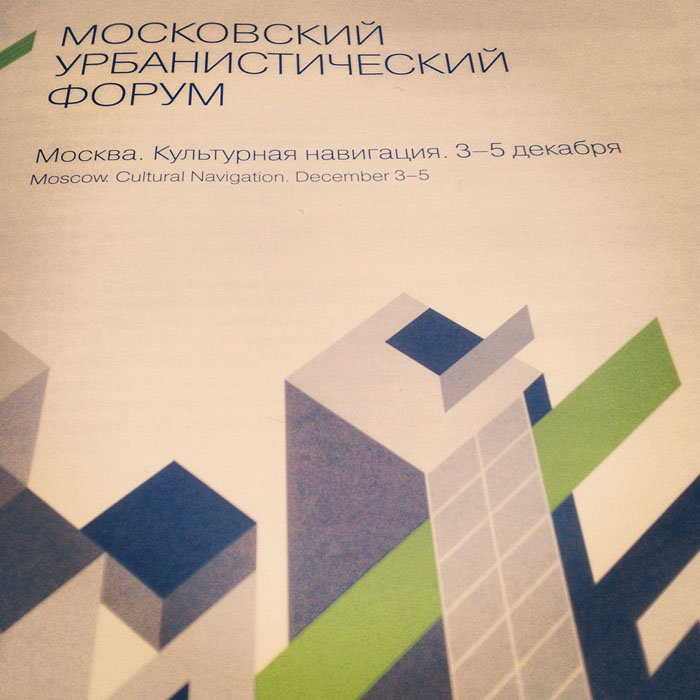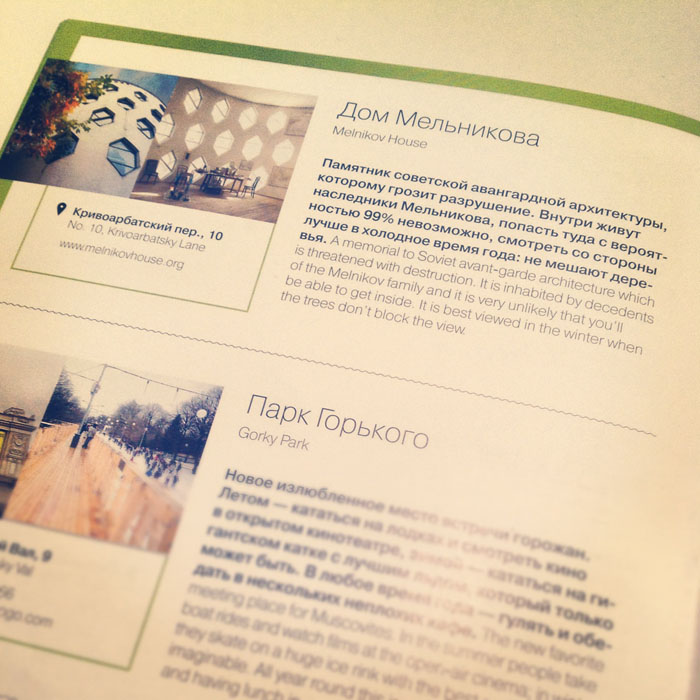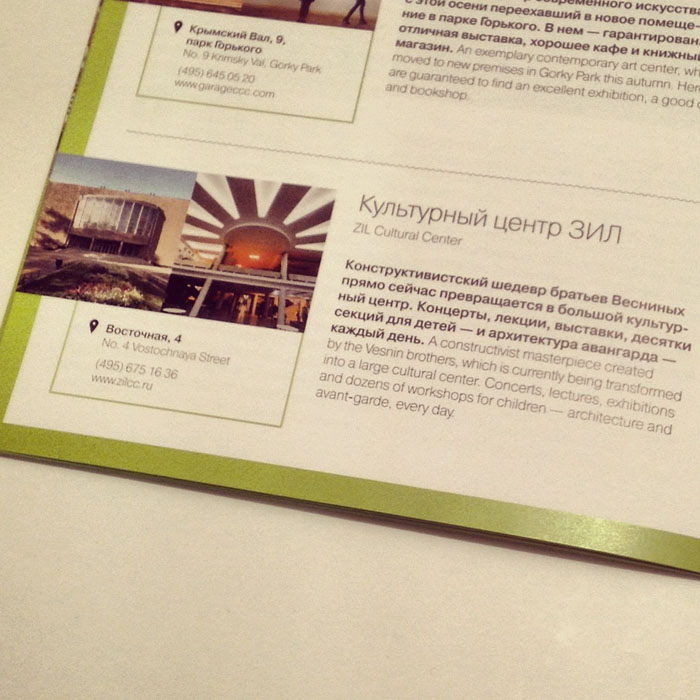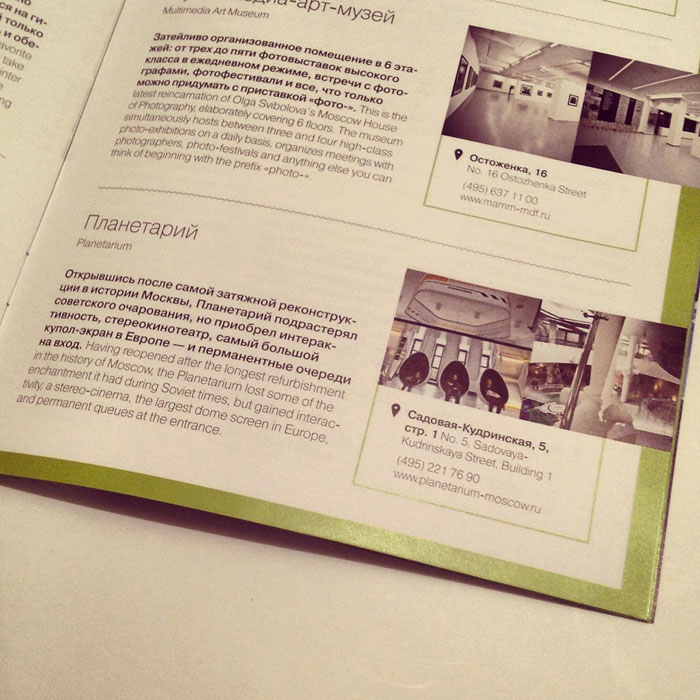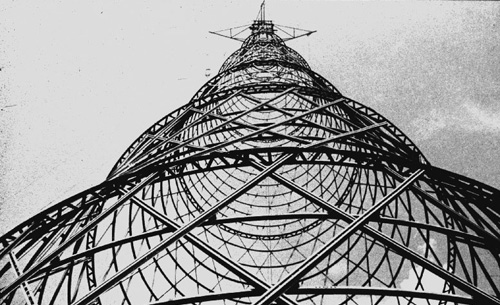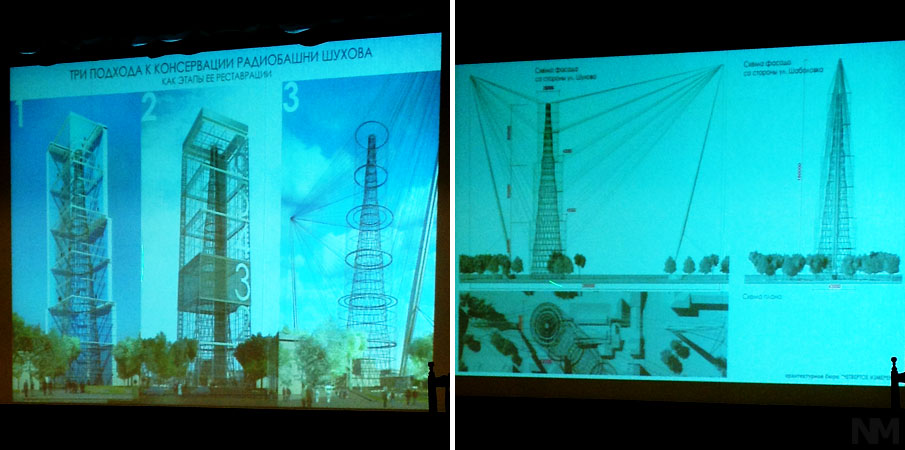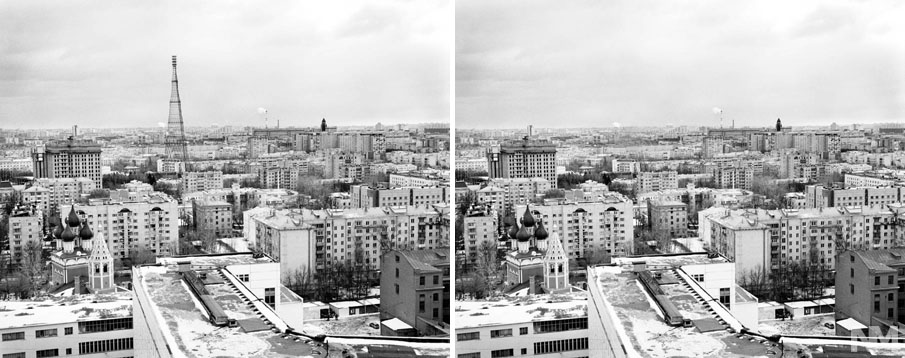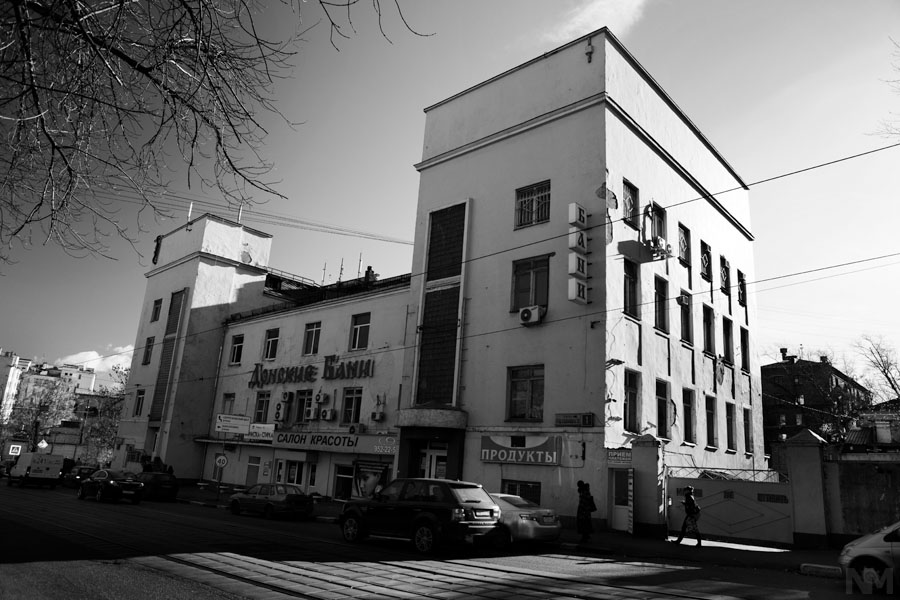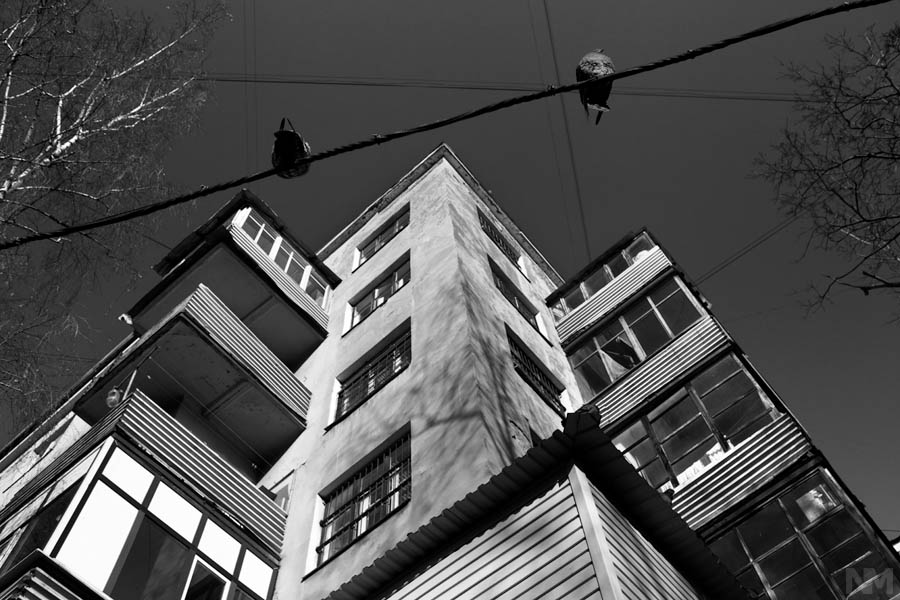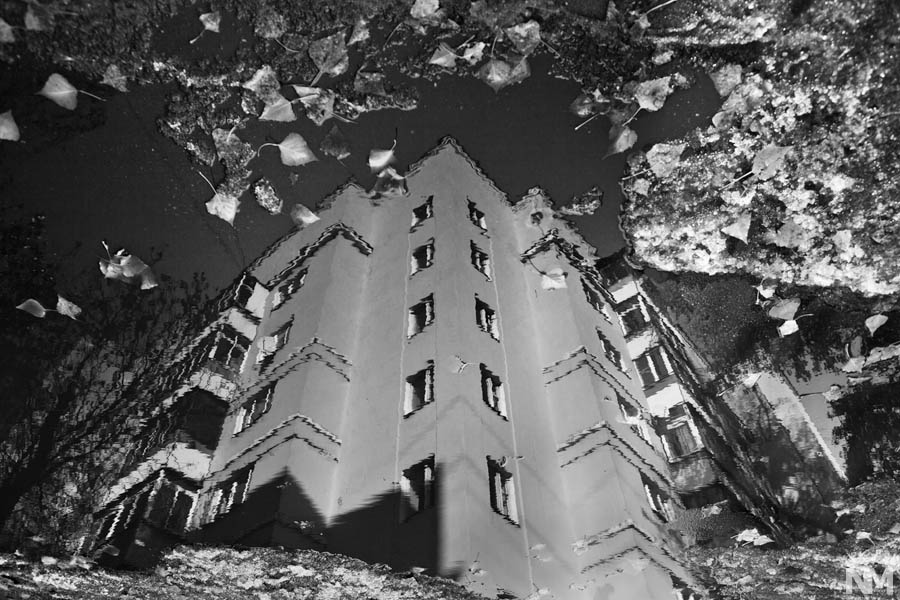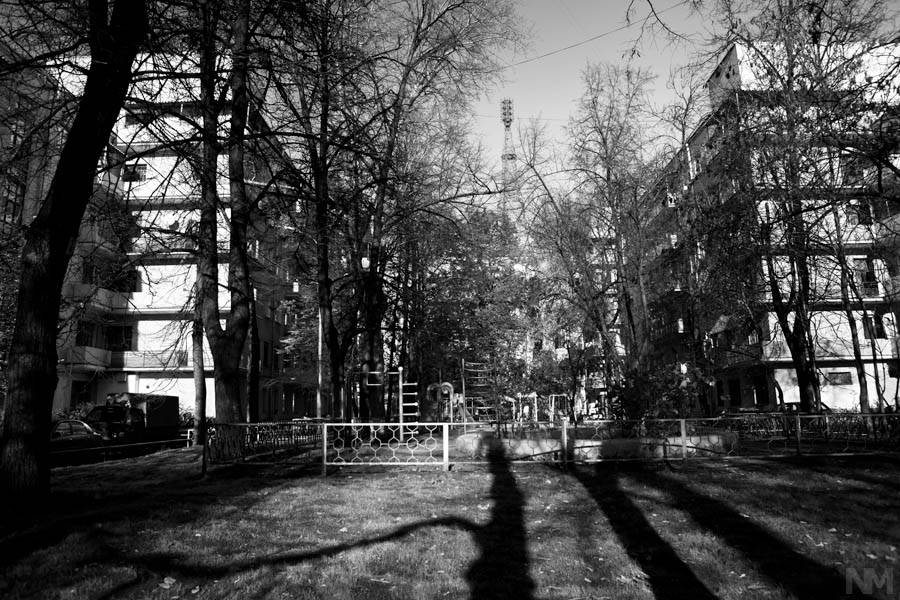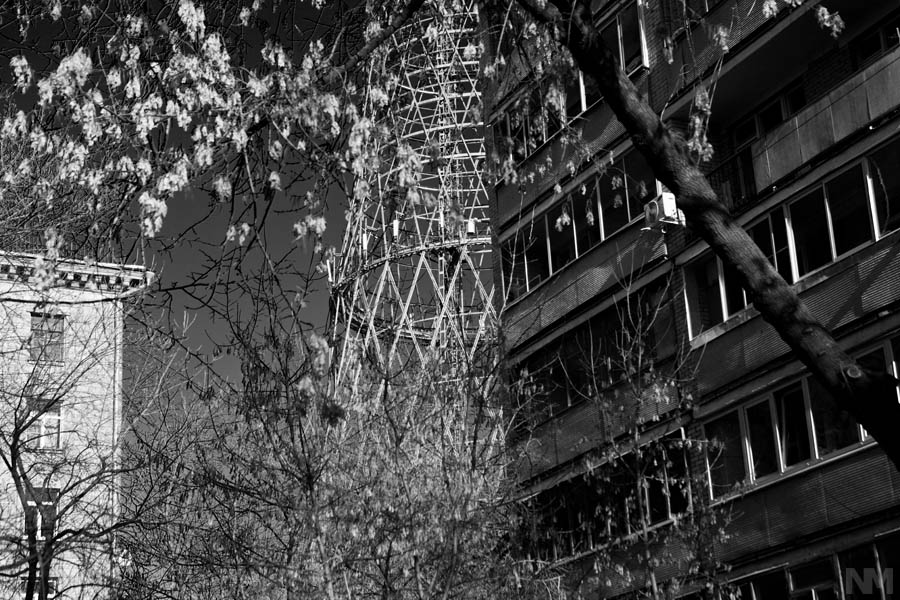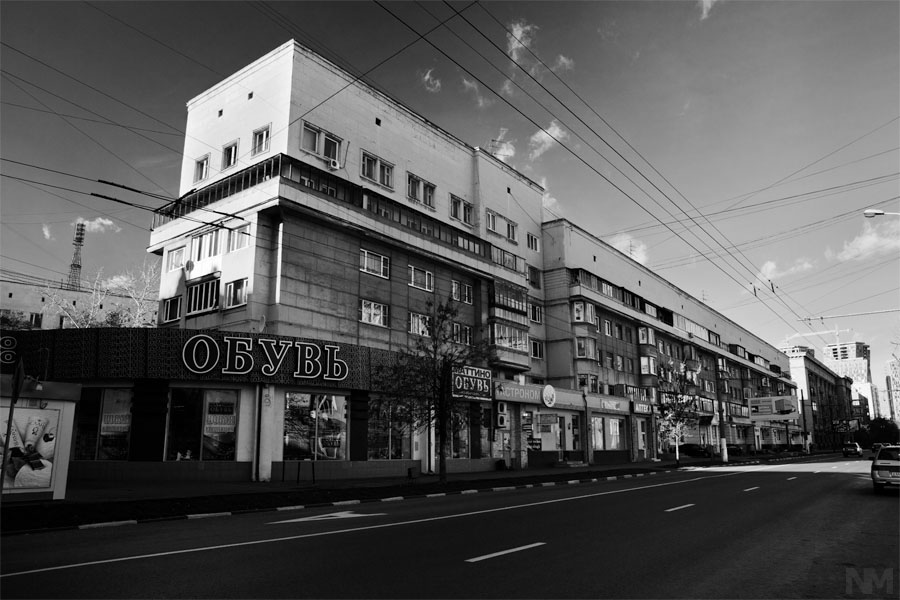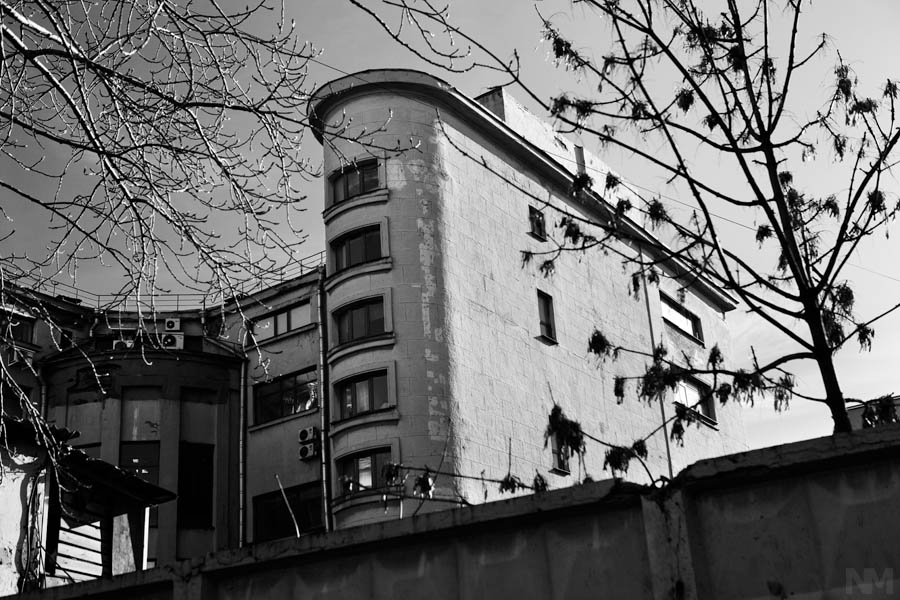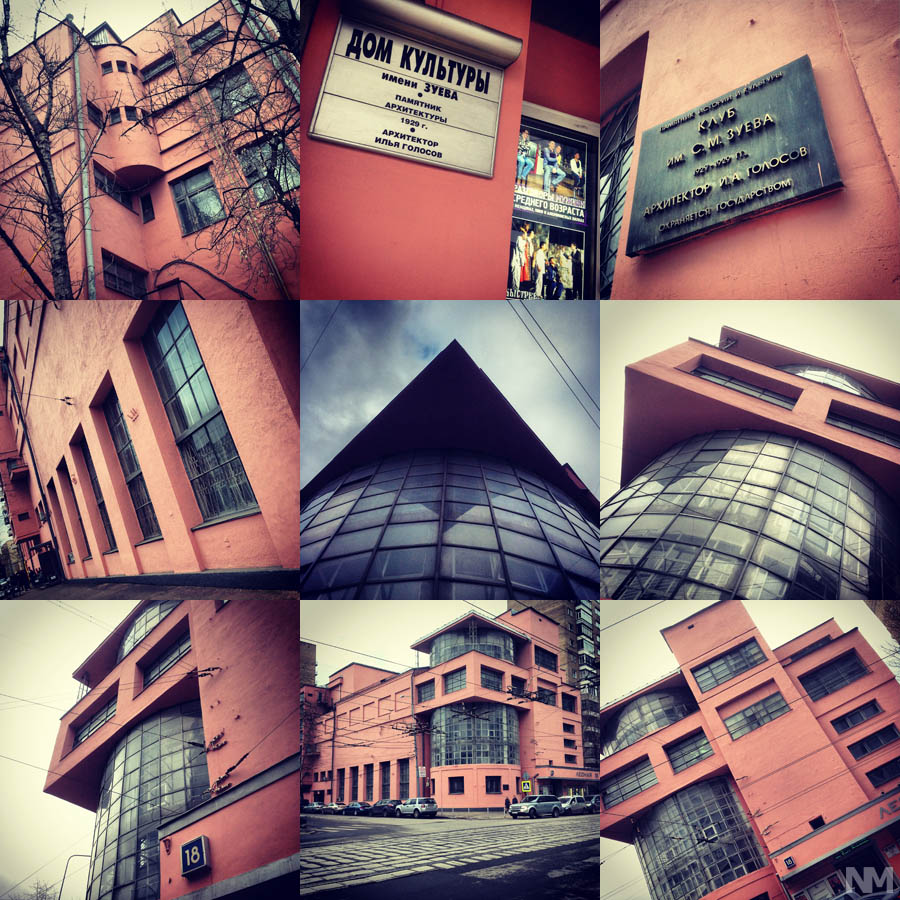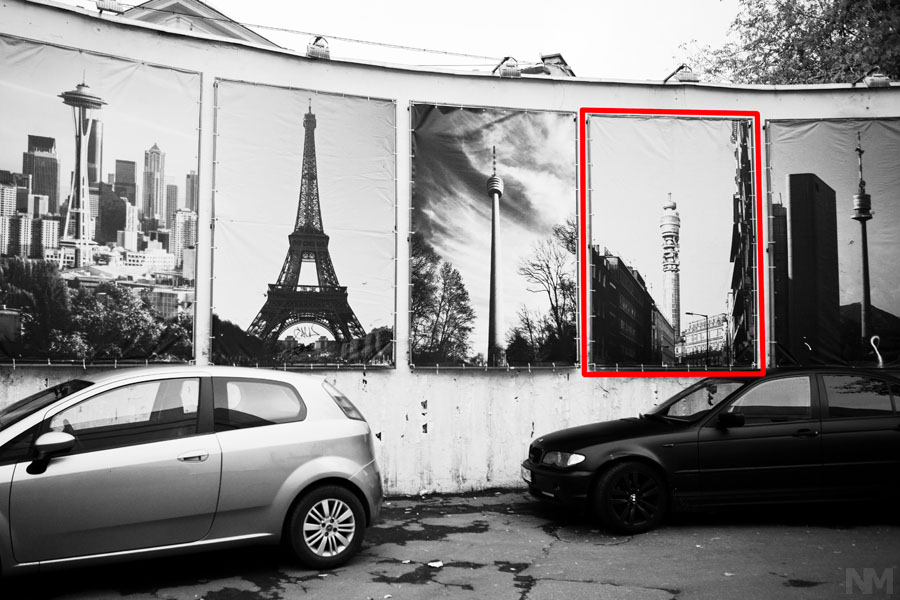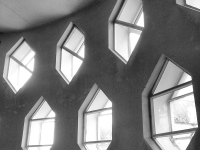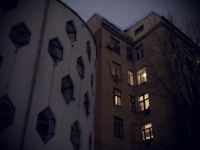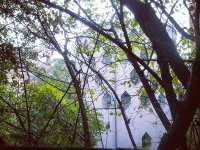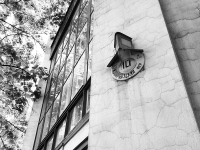FACT: We all LOVE it! Then WHY is the iconic MELNIKOV HOUSE crumbling before us?
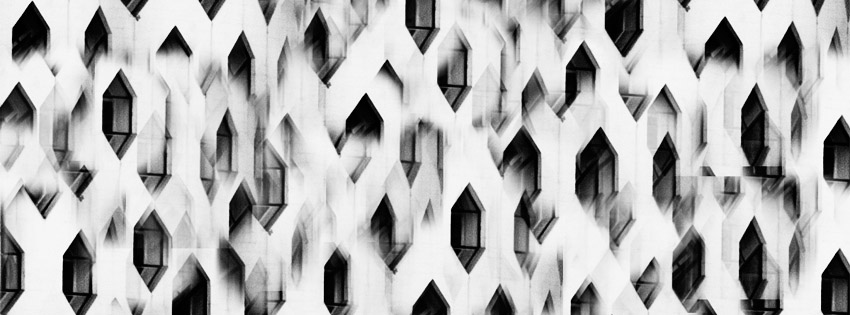
TWO reasons:
#1 – Complex ownership issue is preventing a) the allocation of funding, b) the organization of restoration work, and c) the conceptualization of the museum. This is effectively pointing fingers without any accountability. This reason is covered in the media and actively debated, BUT however much fault lies in reason #1, it is reason #2 that should get our urgent attention.
#2 – Construction work that is going on RIGHT NEXT DOOR is causing damage to the foundations of the house and new cracks have appeared since the start of the construction work back in August.
SEE for yourself just HOW CLOSE this construction work is to the Melnikov House:
“По поводу же дома Мельников экспертзы проводились и было установлено, что он не попадает в зону влияния строительства.” / “Regarding the Melnikov House an examination was conducted and it was found that it does not fall into the zone of influence of construction.”
Statements such as the one above ^ from BFM.RU, are without merit since as of the public debate “Melnikov House. Scenarios of fate” on December 11, it was brought up that an expert assessment of the damage to the Melnikov House still needs to be organized (i.e. has not happened yet!), and without this evidence, not much can be done to stop the construction work, which is still going on…
To spell it out, this is how I envision the effect the collected evidence should have:
LOOK LOOK! The construction work IS damaging the house, so STOP the construction work till we can figure out how to proceed without ruining this world-famous masterpiece of avant-garde architecture, something that truly is unique Russian architecture, something that is a must-see destination for many visitors to Moscow… something that if it fell down as a result of YOUR actions, well, it would tarnish not only your reputation, but confirm public and global opinion that scandals like this are common occurrences in Russia, which are shrugged off as if this is simply the way things go here.
A BAD IMAGE OF MOSCOW IS A BAD IDEA.
As Simon Anholt, an expert on branding areas, explained his vision of the brand of the city during the 2nd annual Moscow Urban Forum:
“A brand can make a lot of people think the same way. Public opinion, in the context of globalization, is the most powerful force in determining the economic development of cities. Our view of the city, even if we have never been there, becomes more important than reality, simply because we do not know the reality. It is precisely the image of the city that attracts tourists, investors, and the creative class, it is the image that helps cities be successful.”
SO WHAT IS CREATING A BAD IMAGE OF MOSCOW?
The dire situation of the Melnikov House that finds itself so close to a construction zone. (Not to mention that the demolition in August caused an outcry and the ongoing construction work is itself under suspicion of violating laws.)
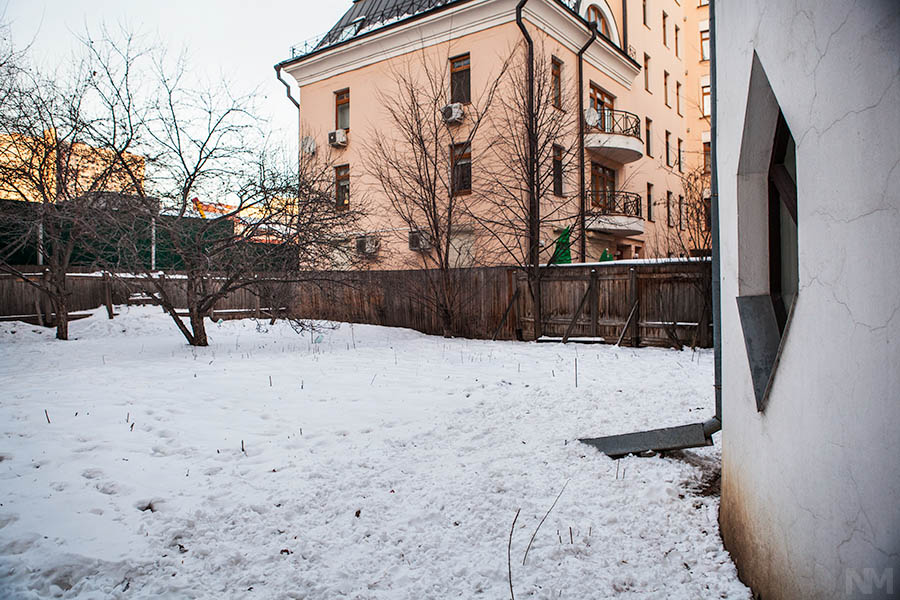
Here’s what the situation looks like in diagram form:
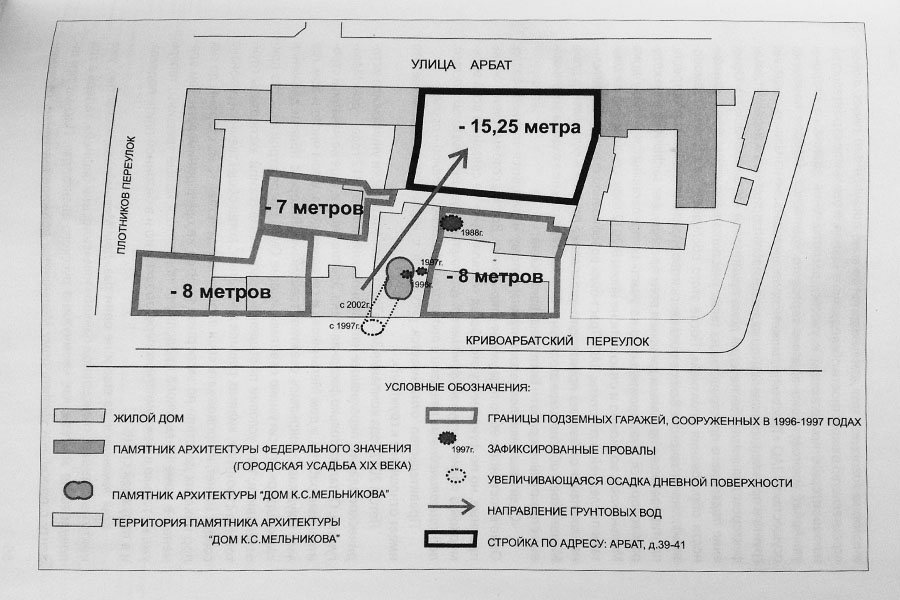
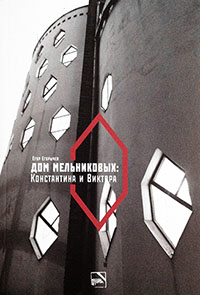
The above ^ diagram is from the book:
“Дом Мельниковых: Константина и Виктора,” Егор Егорычев
“House of the Melnikovs: Konstantin and Viktor,” Egor Egorychev
Get it HERE.
So it seems, that a STOP to the construction work would be pretty reasonable, absolutely necessary, and suspended immediately. Stop the work, let experts figure out the extent of the damage and then see how to proceed.
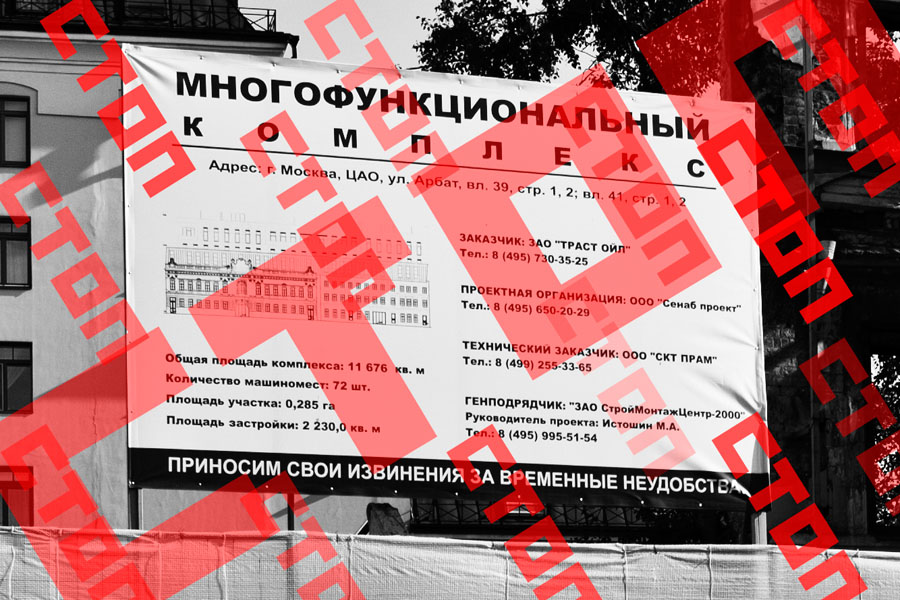
But the construction work / damage continues…
